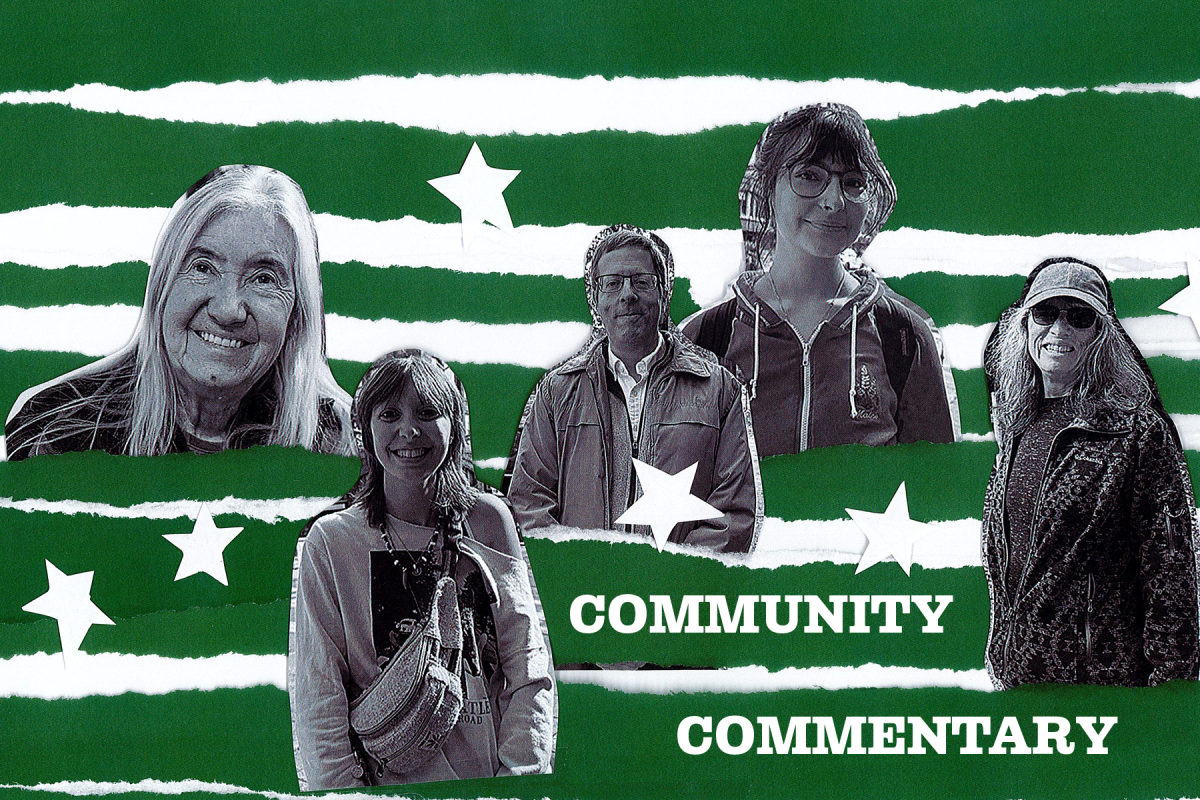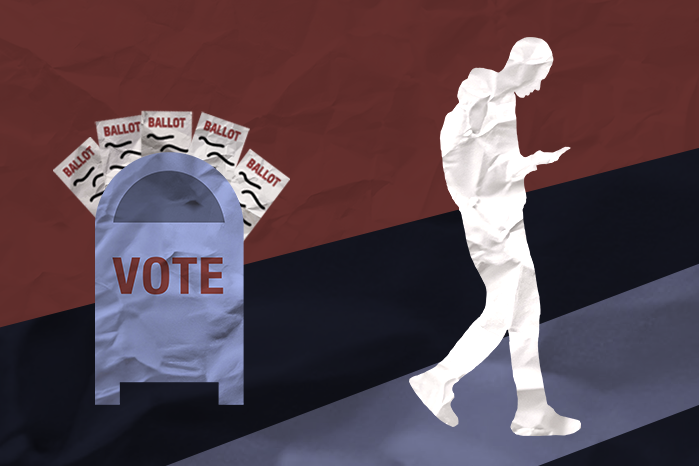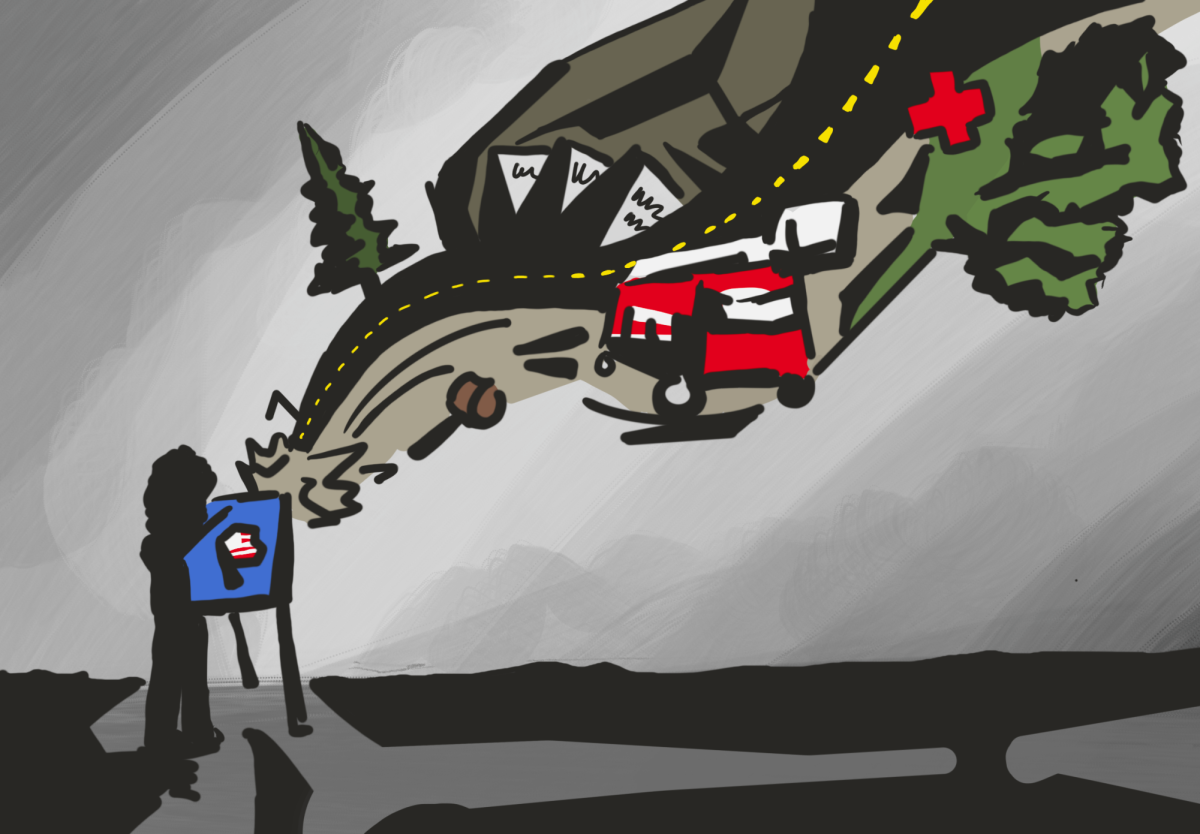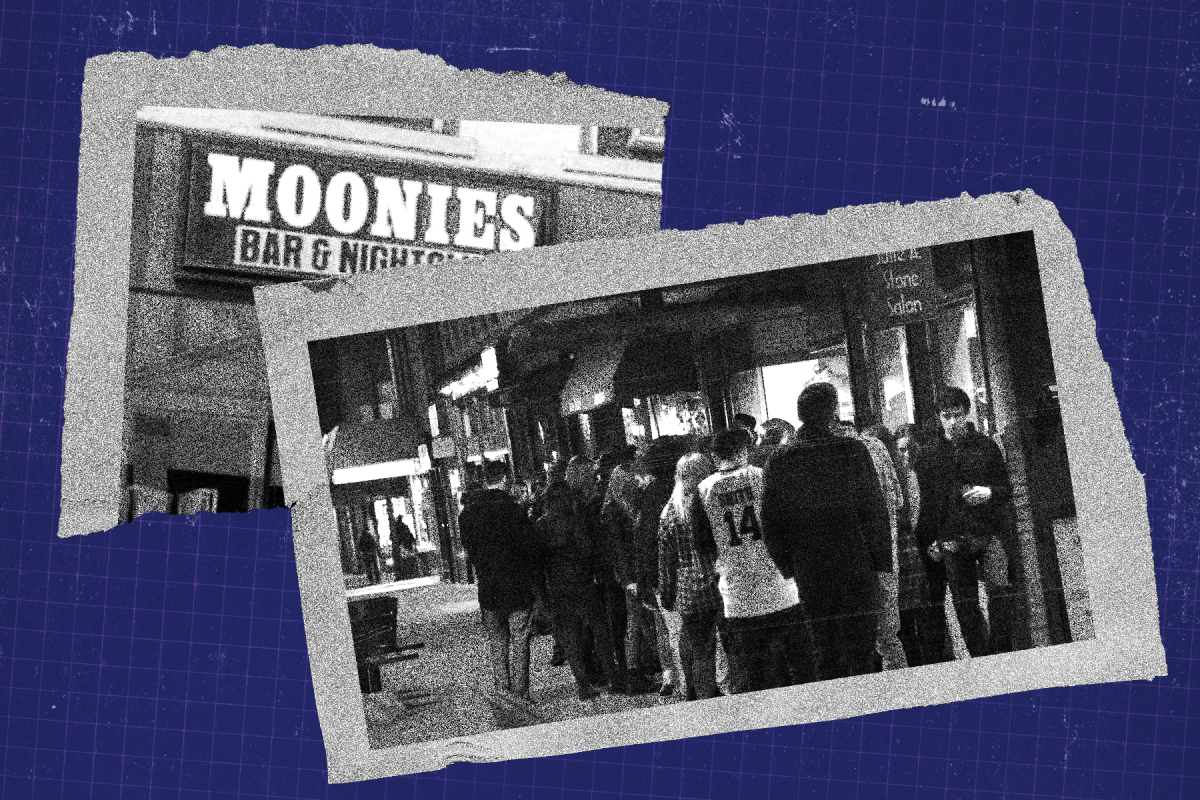I tossed and turned in my London hotel room cot as sirens pierced the night. Something big is happening, I thought, shrugging off the chaotic noise as normal city activity. When a lull in the shrieking finally arrived, I quickly drifted off to sleep.

On the morning of Aug. 7, the newspapers told of horrific events that occurred the night before. I was shocked this all happened my first night in London and even more unsettled that I had no knowledge of it. For the next three days, stories of the violence escalated, and took on the moniker “The London Riots of 2011.”
The riots supposedly began with the police shooting of 29-year-old Mark Duggan in a poor suburb of London. Two days before the riots, a rally of protestors demanding answers to Duggan’s murder turned violent as younger community members began to lash out at police.
Rioters as young as 11 years old looted shops, set cars and buildings on fire, threw objects at police officers, and even attacked and robbed innocent bystanders. The violence spread across London like blazes engulfing anything the rioters touched.
While walking through Notting Hill that morning, I came across a shoe store devastated by one of the riots. The window was shattered and inside, overturned shoeboxes and their contents covered the floor. I felt uneasy seeing the destroyed shop, realizing that riots like these could happen anywhere.
Despite this realization, I felt naïvely calm for most of my trip. For locals residing in impoverished areas, though, the fear was palpable. It quickly spread beyond these neighborhoods and beyond London, which caused a national panic.
This distress provoked people throughout London and the rest of the world to ask the same question of the rioters: Why?
Prime Minister David Cameron and his conservative cronies reacted by labeling the rioters as irresponsible “criminals.” They believe the rioters should be punished, not only by court sentencing, but also by removing their welfare benefits and perhaps even their private property.
While I agree that punishment for this violent behavior is in order, I find the proposed “solutions” misguided and, quite frankly, moronic. To take away welfare and property would further isolate troubled youths from society, create thousands of homeless teenagers and set the stage for future unrest.
The root cause of the riots can’t be ignored. Limited government investment in social services gives little opportunity for these youths to become successful members of society. It often leaves them without hope or encouragement from their broken communities.
But investment in programs for character education, welfare and social services decreases the risk of conflicts arising in areas where both income and aspirations are low. The only issue is that these programs cost money. Both the U.K. and U.S. governments have fiscal deficits.
We can’t let a lack of funding halt progress. While I have always had what I needed to live comfortably and to pursue my ambitions, the rioters are among a majority who do not have these luxuries. But they should be given a chance.
The London riots demonstrated the citizens’ strength to overcome social hardships. The victims were not only shopkeepers and residents who lost everything they own, but also the rioters themselves who, in the struggle for prosperity, have always lost.
Dylan Lyons is a sophomore journalism major. Email him at [email protected].







